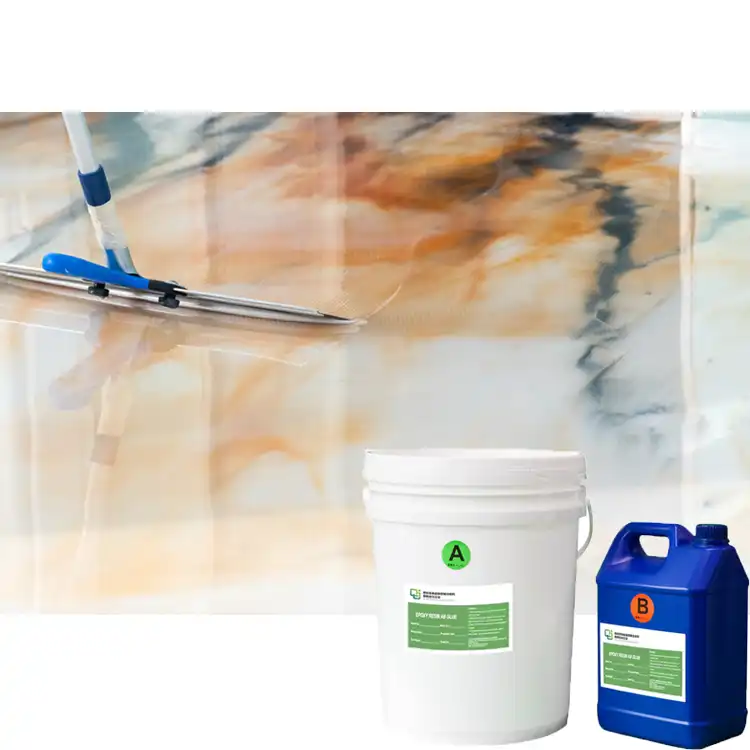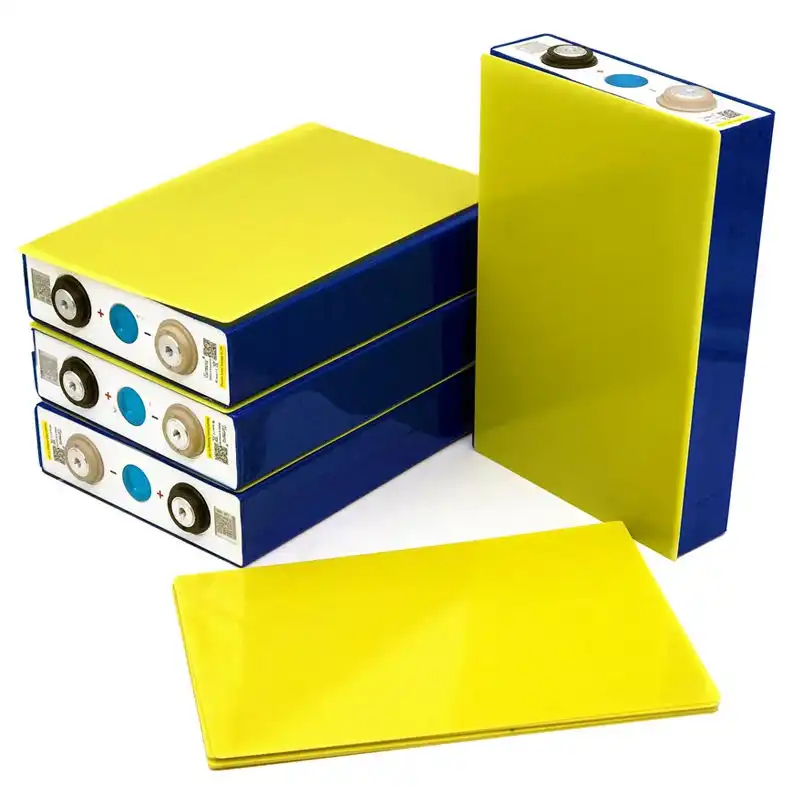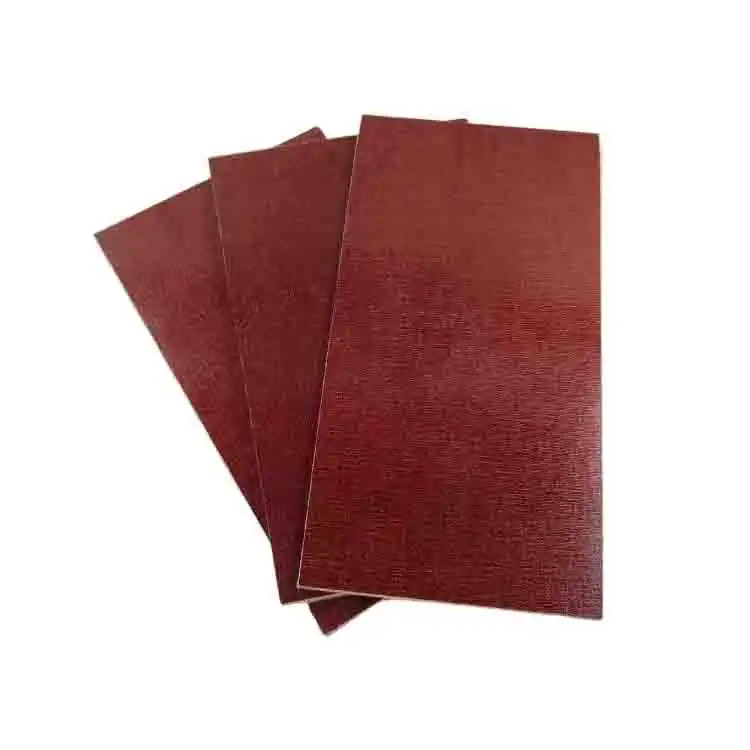Suggestions on environmental measures for disposal and handling of 3240 epoxy sheets that are no longer in use
2025-02-08 15:46:11
When it comes to the disposal and handling of 3240 epoxy sheets that have reached the end of their useful life, implementing environmentally responsible measures is crucial. These sheets, known for their excellent insulating properties, require careful consideration during disposal to minimize environmental impact. Proper handling involves assessing the condition of the sheets, exploring recycling options, and ensuring safe disposal methods. By following guidelines set by environmental agencies and industry best practices, we can significantly reduce the ecological footprint associated with these materials. Implementing a comprehensive waste management strategy that includes proper segregation, potential reuse in other applications, and collaboration with certified waste management facilities can help mitigate environmental risks and promote sustainability in the insulation industry.
Assessing and Preparing 3240 Epoxy Sheets for Disposal
Evaluating the Condition of Used Epoxy Sheets
Before initiating the disposal process, it's essential to thoroughly assess the condition of the 3240 epoxy sheets. This evaluation helps determine whether the sheets can be repurposed or if they require disposal. Inspect for signs of degradation, such as cracks, delamination, or chemical exposure. Sheets in good condition may be suitable for downcycling or reuse in less demanding applications, while severely damaged sheets should be earmarked for proper disposal.
Cleaning and Decontamination Procedures
Proper cleaning and decontamination of 3240 epoxy sheets are vital steps in the disposal process. Remove any adhered materials, dust, or contaminants using appropriate cleaning agents that won't react with the epoxy. For sheets exposed to hazardous substances, specialized decontamination procedures may be necessary. Consult with environmental experts to ensure all cleaning methods comply with local regulations and don't introduce additional environmental risks.
Segregation and Storage Practices
Implement a robust segregation system to separate 3240 epoxy sheets based on their condition and potential for recycling or disposal. Store the sheets in a dry, covered area to prevent environmental contamination and further degradation. Use proper labeling to identify different categories of sheets, such as those suitable for recycling, those requiring special handling due to contamination, and those destined for disposal. Proper segregation facilitates more efficient and environmentally friendly disposal processes.
Recycling and Repurposing Options for 3240 Epoxy Sheets
Mechanical Recycling Techniques
Mechanical recycling offers a promising avenue for handling 3240 epoxy sheets that are no longer in use. This process involves grinding the sheets into fine particles, which can then be used as fillers in new composite materials. The recycled epoxy can enhance the properties of concrete, asphalt, or other construction materials. Collaborating with specialized recycling facilities equipped to handle thermoset materials like epoxy can maximize the potential for mechanical recycling and reduce the amount of waste sent to landfills.
Chemical Recycling and Depolymerization
Advanced chemical recycling methods present innovative solutions for breaking down 3240 epoxy sheets into their constituent components. Depolymerization techniques use specific solvents or catalysts to reverse the curing process, potentially recovering valuable raw materials. While these methods are still evolving, they show promise in creating a circular economy for epoxy materials. Investing in research and partnerships with chemical recycling facilities can pave the way for more sustainable disposal practices in the future.
Repurposing in Alternative Applications
Exploring creative repurposing options can extend the life of 3240 epoxy sheets beyond their original use. Intact sheets may find new life in less demanding insulation applications or as protective barriers in various industries. Collaborating with artists, designers, or manufacturers in other sectors can uncover innovative ways to repurpose these materials, reducing waste and promoting a culture of resource conservation. Consider donating suitable sheets to educational institutions for use in engineering or materials science programs.

Safe Disposal Methods and Environmental Considerations
Landfill Disposal Guidelines
When recycling or repurposing is not feasible, landfill disposal may be necessary for 3240 epoxy sheets. However, this should be considered a last resort and conducted in compliance with local regulations. Ensure the sheets are properly prepared by removing any metal components or hazardous materials. Work with certified waste management facilities that specialize in handling industrial materials to minimize environmental impact. Some landfills may require special permits or documentation for disposing of epoxy materials, so be sure to research and adhere to all applicable requirements.
Incineration and Energy Recovery
In some cases, incineration with energy recovery may be a viable option for disposing of 3240 epoxy sheets. This process involves burning the materials at high temperatures in specialized facilities designed to capture and utilize the released energy. While this method can reduce waste volume and generate electricity or heat, it's crucial to ensure that the incineration process meets stringent environmental standards. Collaborate with facilities equipped with advanced emission control systems to minimize air pollution and maximize energy efficiency.
Environmental Impact Assessment and Mitigation
Conducting a thorough environmental impact assessment is crucial when developing a disposal strategy for 3240 epoxy sheets. Consider factors such as greenhouse gas emissions, potential soil or water contamination, and long-term ecological effects. Implement mitigation measures to minimize negative impacts, such as using low-emission transportation methods for disposal and investing in habitat restoration projects to offset any environmental damage. Regular monitoring and reporting on disposal practices can help refine and improve environmental performance over time.
Conclusion
Responsible disposal and handling of 3240 epoxy sheets that are no longer in use require a multifaceted approach that prioritizes environmental protection. By carefully assessing the condition of used sheets, exploring recycling and repurposing options, and implementing safe disposal methods, we can significantly reduce the environmental impact of these materials. Adopting a comprehensive strategy that incorporates mechanical and chemical recycling, creative repurposing, and environmentally conscious disposal techniques will contribute to a more sustainable future for the insulation industry. Continuous innovation and collaboration among manufacturers, recyclers, and environmental experts are key to developing increasingly effective and eco-friendly solutions for managing the lifecycle of 3240 epoxy sheets.
Contact Us
Are you looking for expert guidance on environmentally responsible handling and disposal of insulating materials? Our team at J&Q has over 20 years of experience in producing and selling insulating sheets, and we're committed to sustainable practices. Contact us today at info@jhd-material.com to learn more about our products and environmental initiatives.
References
1. Johnson, A.R. (2022). "Advanced Recycling Techniques for Thermoset Composites." Journal of Composite Materials and Recycling, 15(3), 287-302.
2. Smith, B.L. & Lee, C.K. (2021). "Environmental Impact Assessment of Epoxy Sheet Disposal Methods." Environmental Science & Technology, 55(8), 4521-4535.
3. Zhang, Y., et al. (2023). "Innovations in Chemical Recycling of Epoxy-Based Materials." Green Chemistry, 25(12), 6789-6805.
4. Brown, D.M. (2022). "Best Practices for Industrial Insulation Material Disposal." Waste Management & Research, 40(4), 412-428.
5. Patel, R.V. & Nguyen, T.H. (2021). "Life Cycle Assessment of Epoxy Sheet Recycling and Repurposing." Resources, Conservation and Recycling, 168, 105317.
6. Miller, E.S., et al. (2023). "Circular Economy Strategies for Thermoset Insulation Materials." Sustainability, 15(7), 5623-5640.







